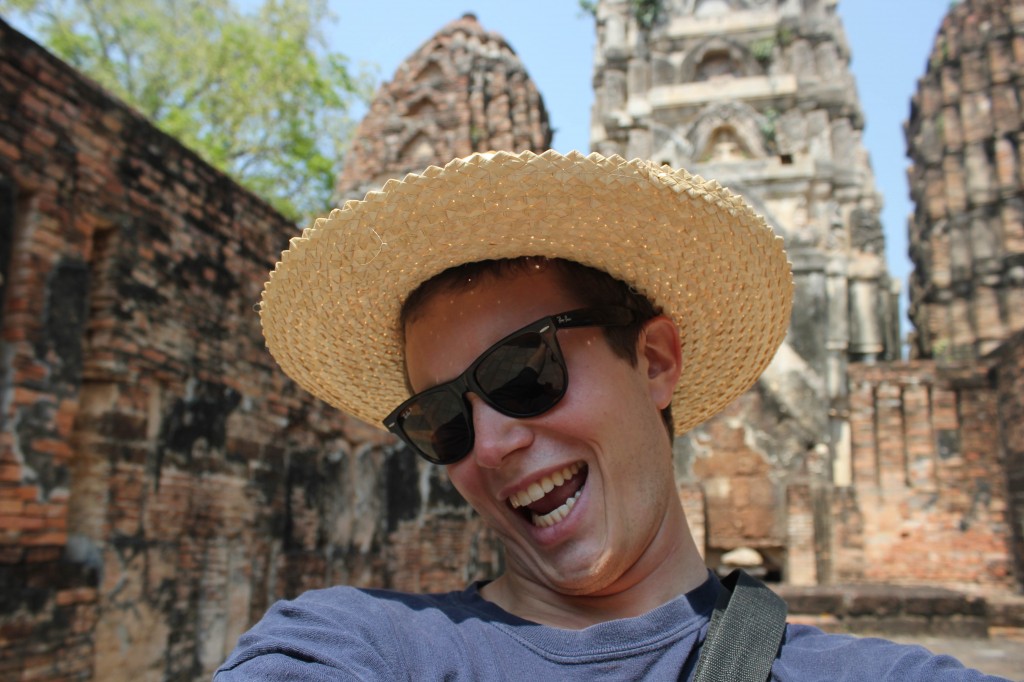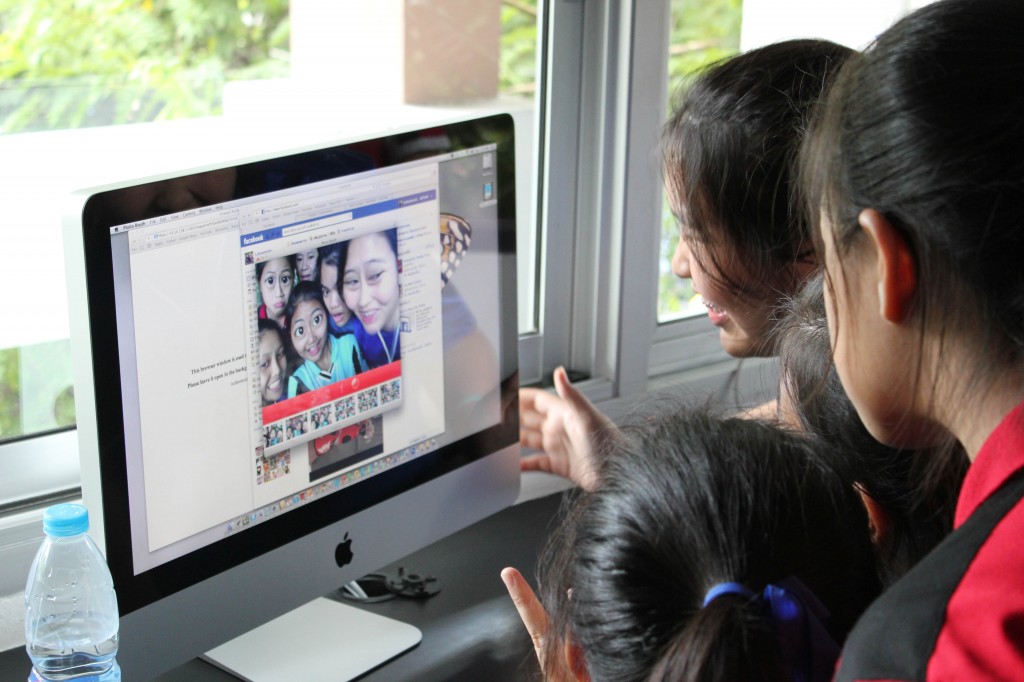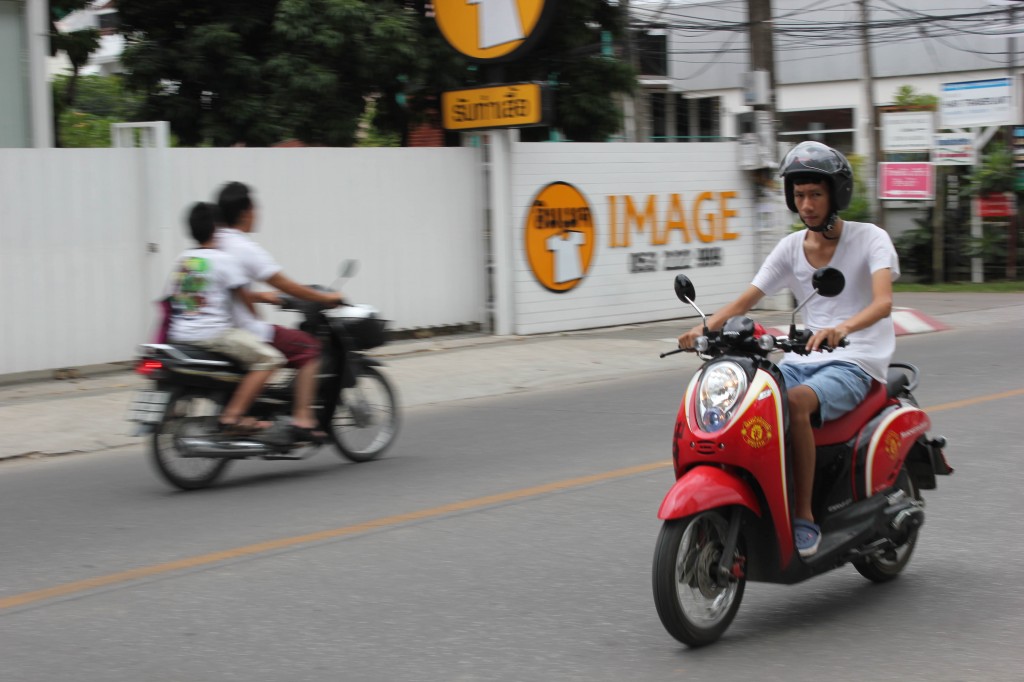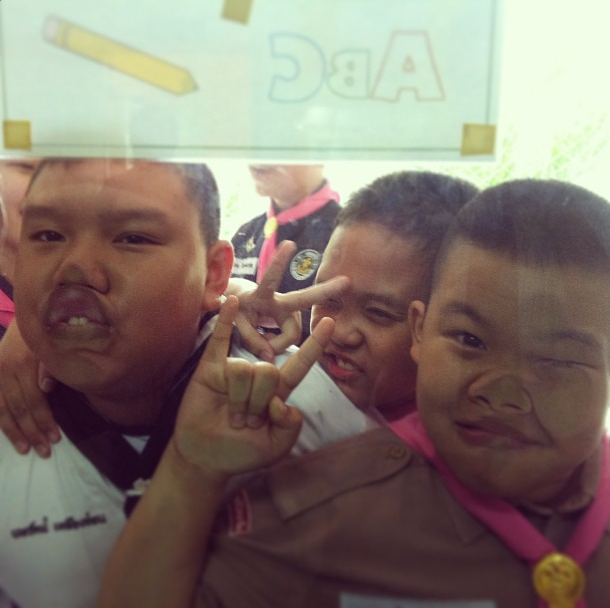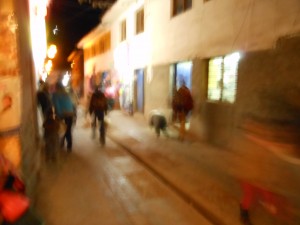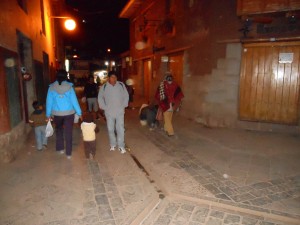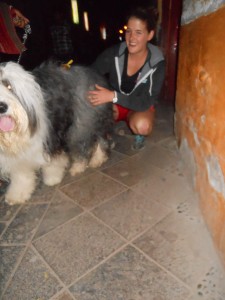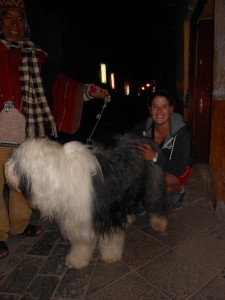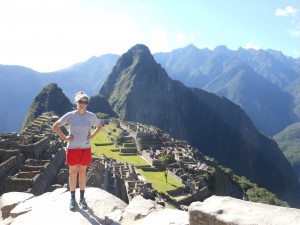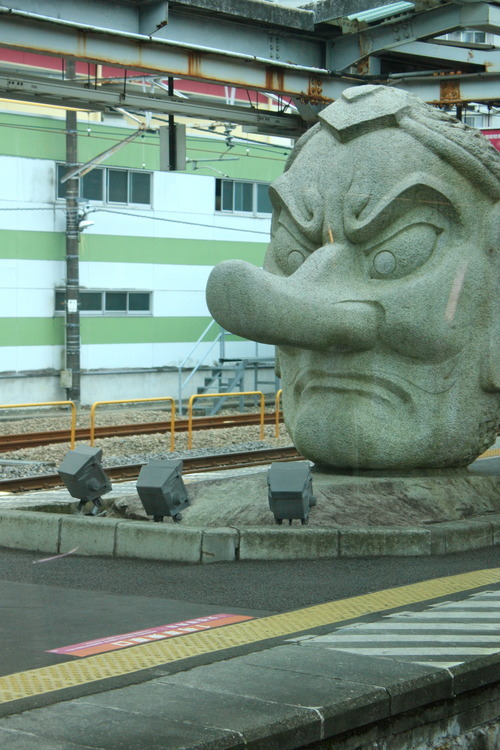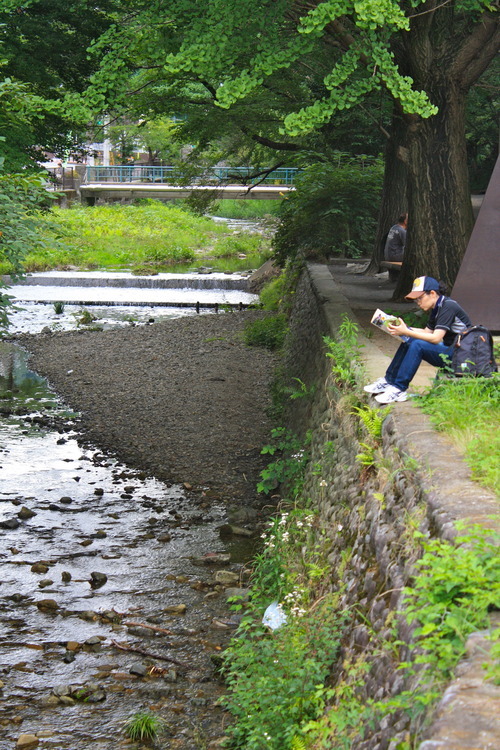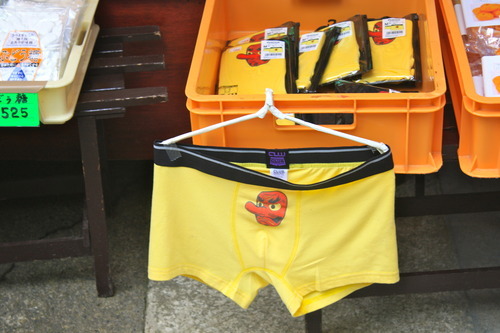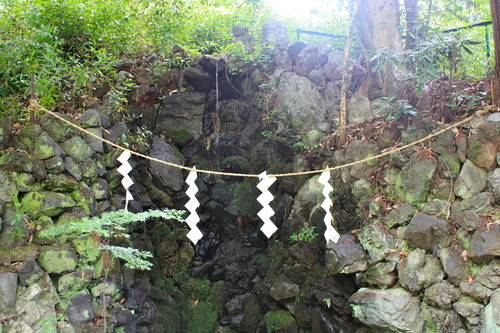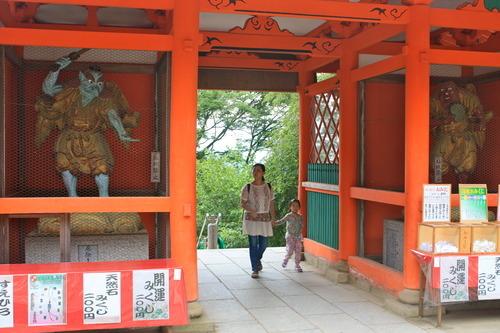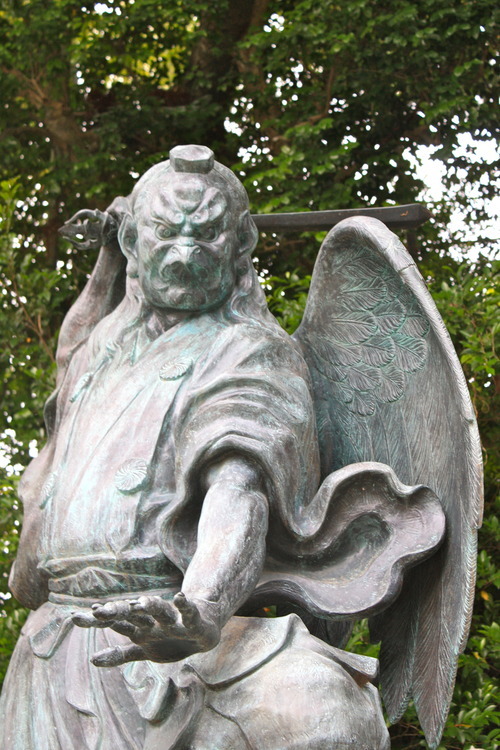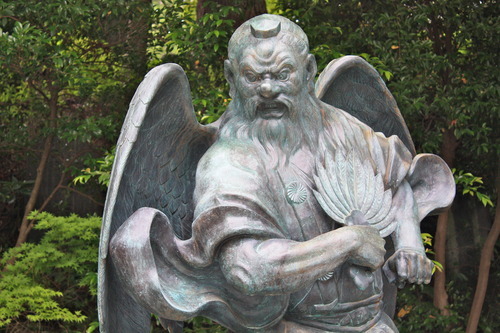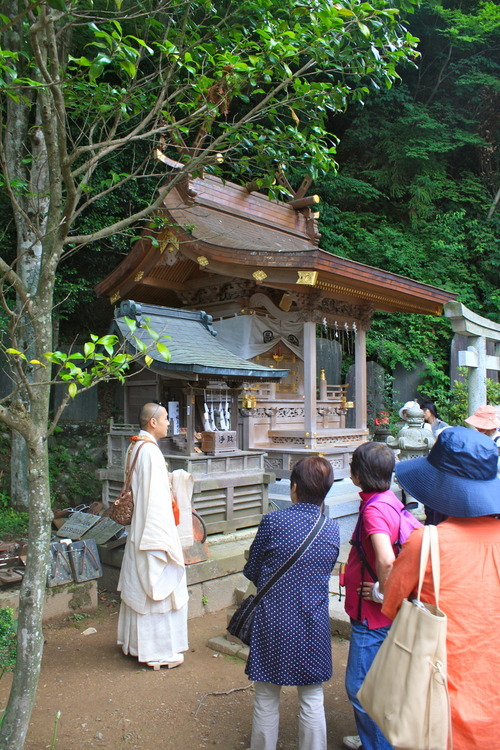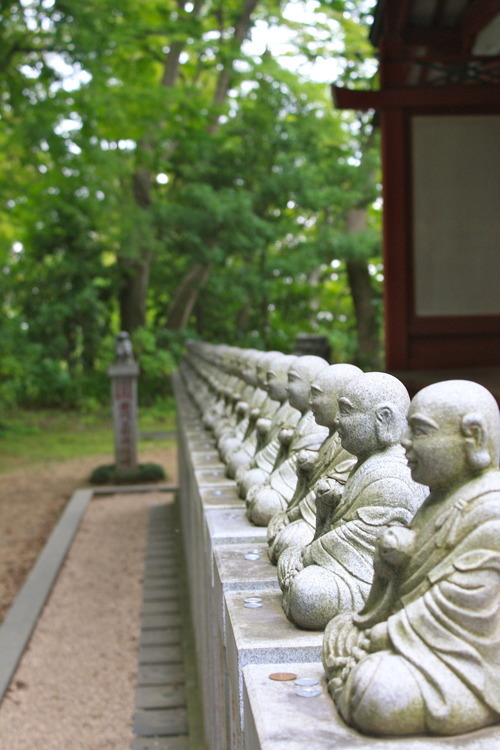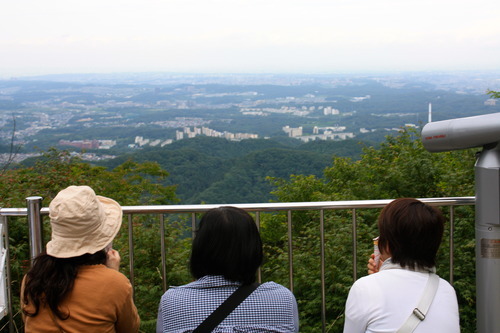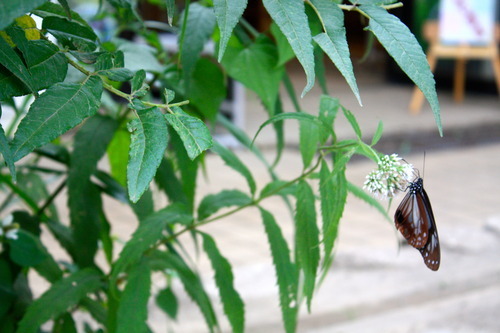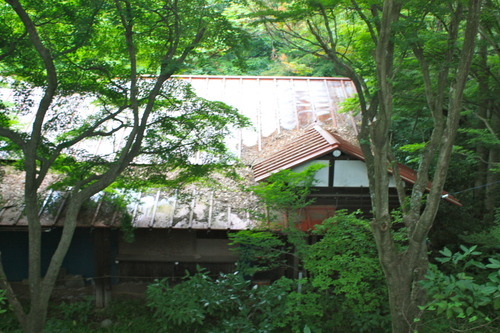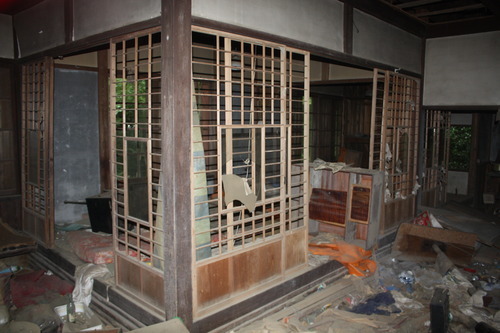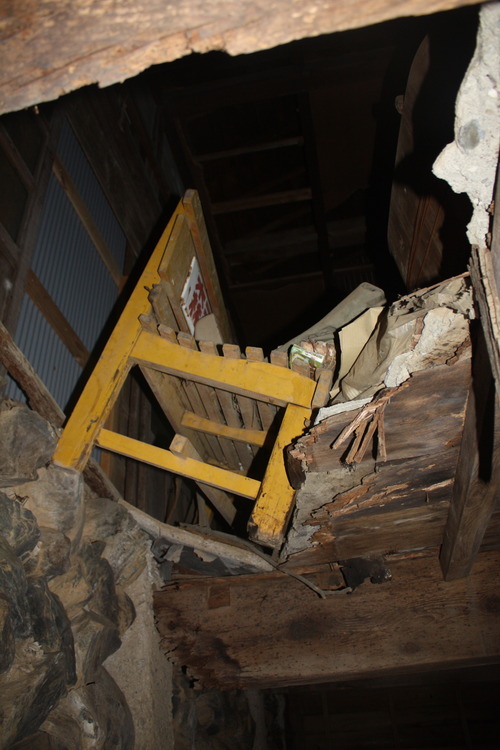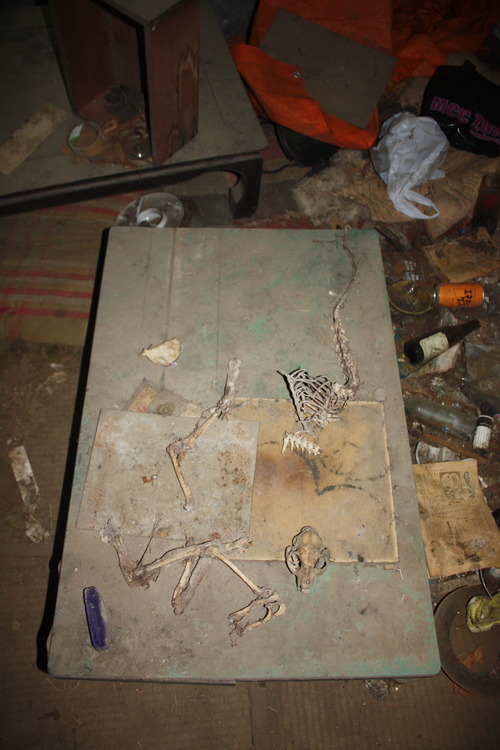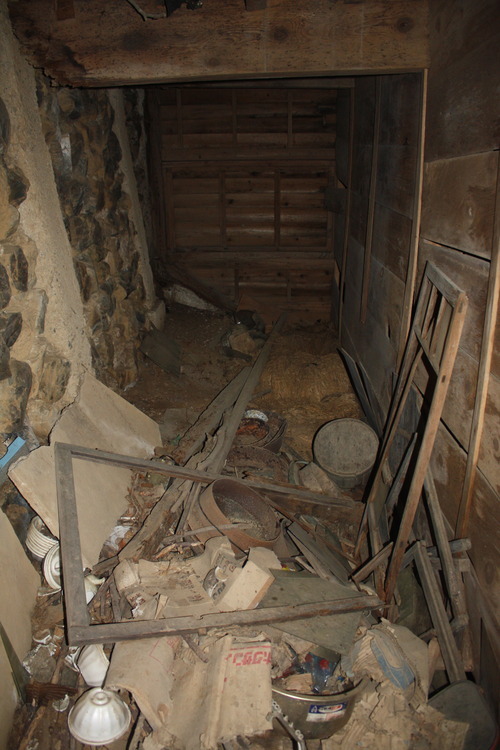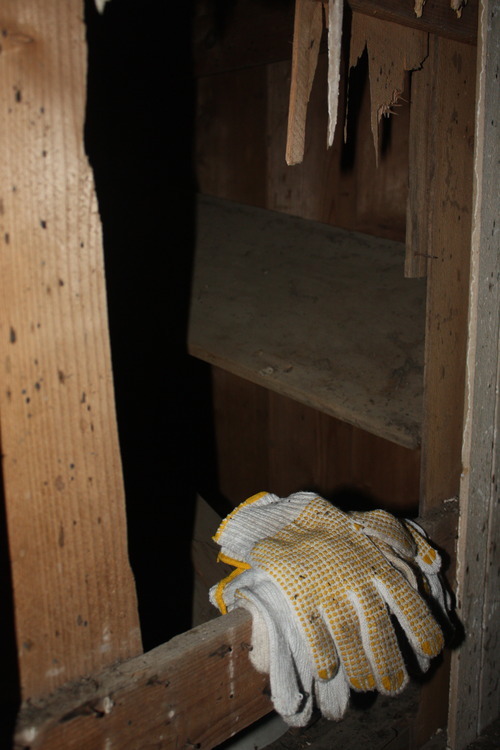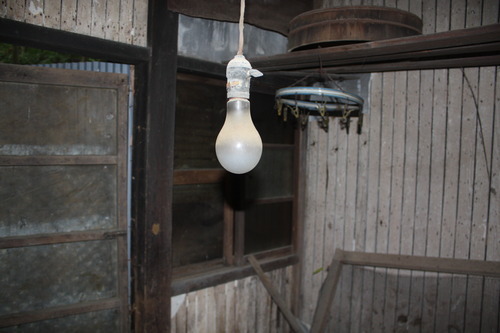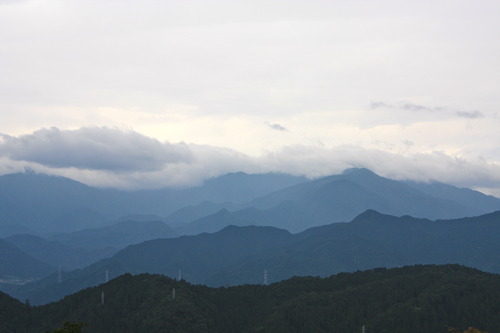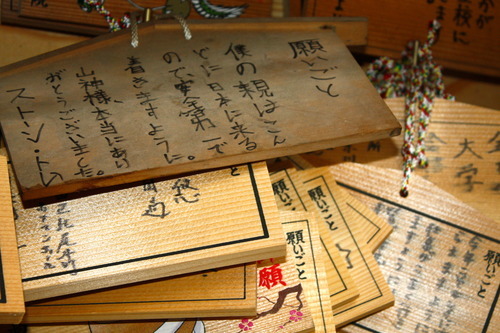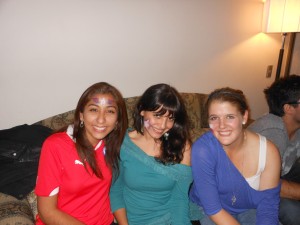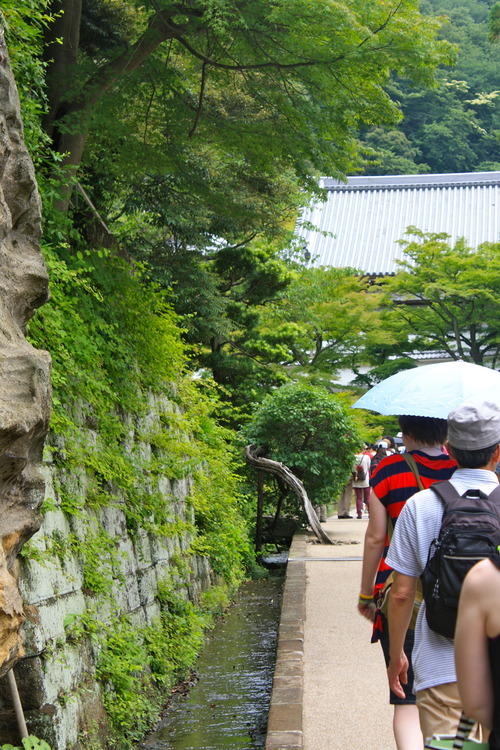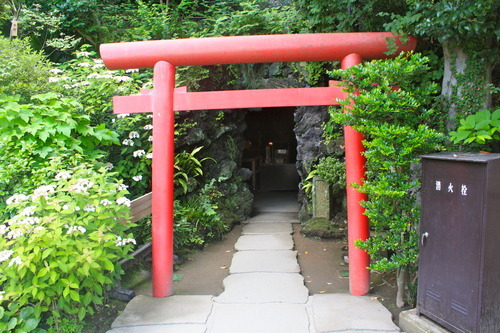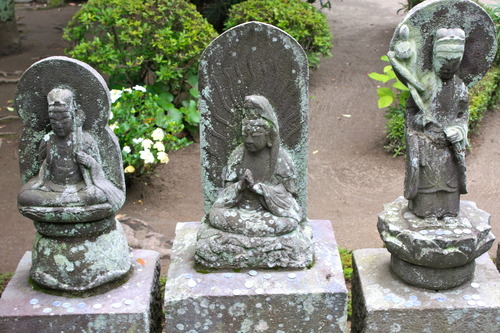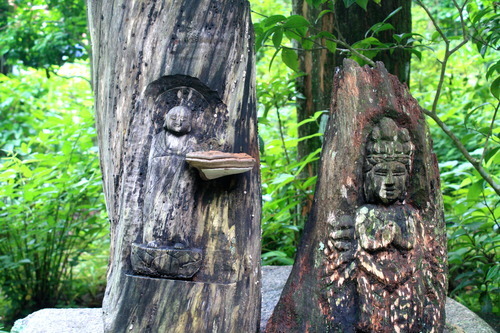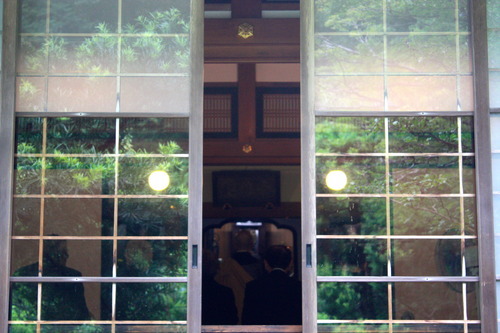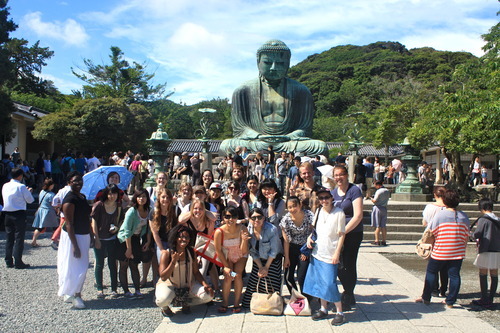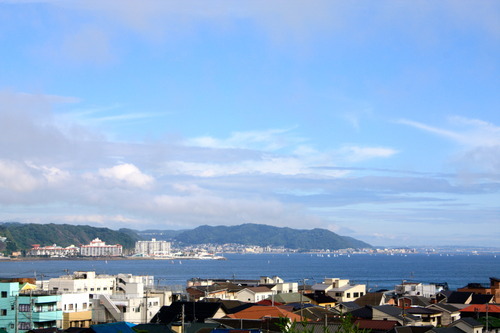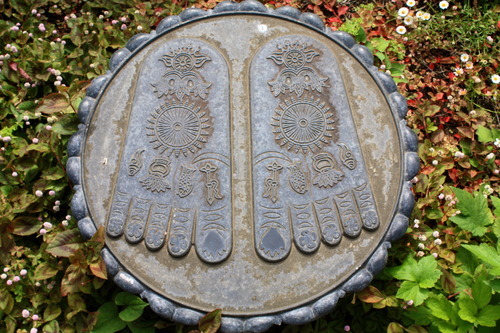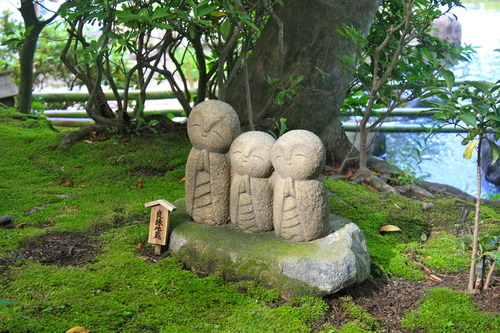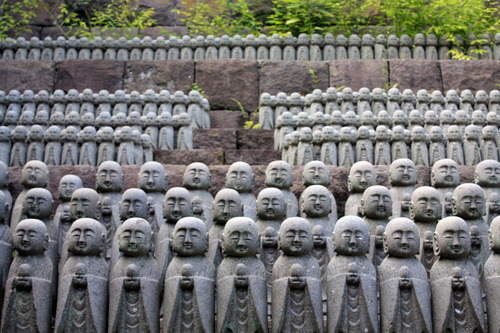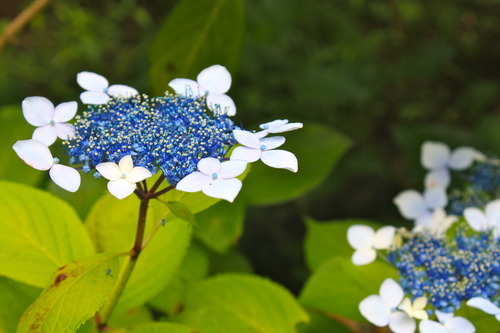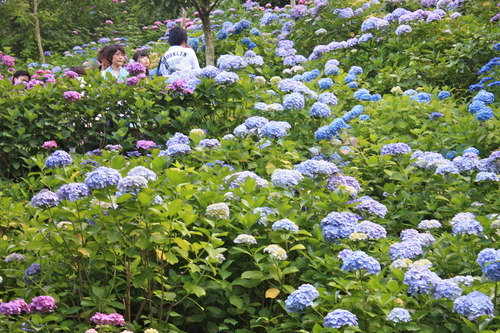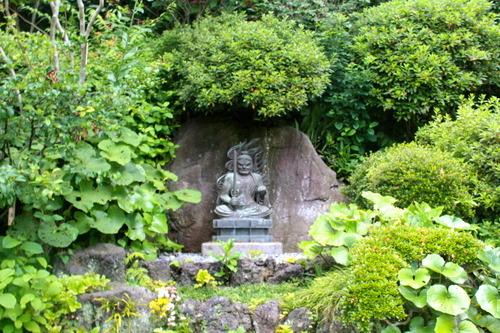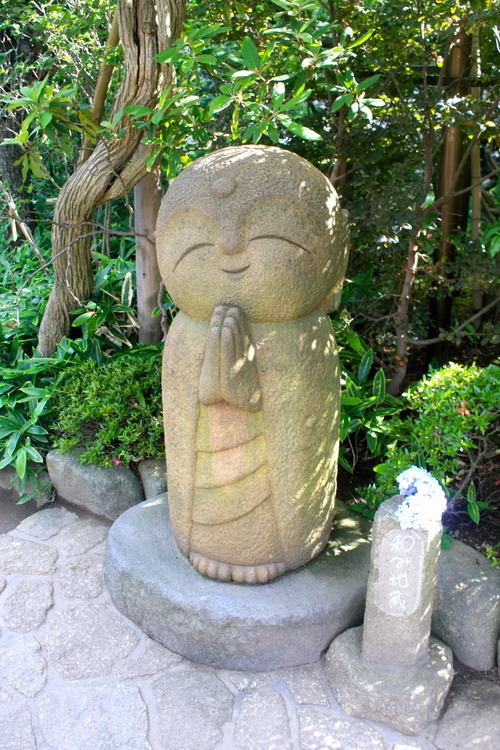This past week has definitely been one of the most trying weeks I’ve had to endure while here in Chile. When I first arrived in Chile I definitely had to deal with a lot of new challenges and some things got frustrating—like constantly getting lost and not being able to communicate my thoughts and wants to other people accurately. This week I had some new, maybe even harder challenges than I faced at the beginning of the semester. But if it wouldn’t have been for the things I had learned from these past difficulties in Chile, I wouldn’t have been able to solve the sticky situation I found myself in this last week.
As I told you all in my last post very briefly, I was told last Friday that I could no longer work with the organization that I thought I had secured a volunteering position with. I decided about 2 months ago that I wanted to stay in Chile an extra month after my program ended, feeling that I really wanted to take advantage of the time I had off between semesters. I found this volunteering job working with kids with cancer in a hospital in Santiago and was very excited for the opportunity. I started working and had finished two solid days when the head of volunteering informed me that they no longer had space for me. I was very confused to say the least. I still don’t quite understand why the organization couldn’t keep me or why they told me this after I had started the job, but that was the least of my worries at the time. I now suddenly found myself stuck in a foreign country for a month with nothing to do. While this doesn’t sound half bad when I put it in writing—why not do some traveling? Hang out? Enjoy yourself?—I knew that I needed to find something to put on a resume for the summer. I will be entering my fourth and final year at Puget Sound and with the goal of applying for med school in the near future and with not too much experience volunteering in a hospital, I felt like I really needed to find something where I could prove I had gained some experience in my four years of undergrad.
The search began. I googled pretty much everything I could possibly think of to find volunteering positions in Santiago in some sort of area of health. After bookmarking about 20 organizations on my computer Sunday night, I was ready to hit the phone Monday morning, hoping that I could secure an interview or meeting that day. The calls began and I was quickly turned down by about 2 organizations, informing me that they only accepted volunteers that could give at least 5 months of service. Considering I only had exactly 4 weeks left in Chile, I knew this wouldn’t work. On the third call, I got somewhere. I set up an interview for the following Monday with a volunteer organization in a local children’s hospital. I was really excited about this opportunity but also worried since it wasn’t until the next week. To find out more information about the organization, I went to the office to see how many hours I would be able to work. I’m really glad I went because they were very confused when I said I had an interview the next week. Apparently this organization only allowed women above the age of 25 to work with them, and since I’m only 21, I wouldn’t be allowed to take a volunteer position. I was back at the drawing board.
After many more calls, emails, and two days of desperate waiting I found myself without any real prospects. While I had been hopeful Monday, thinking I had a lot of potential opportunities and just needed to wait for one to get back to me, I came home Tuesday night feeling defeated and unsure of what to do next. Emails kept coming back, saying they were sorry but they couldn’t offer me a position at the time; phone calls went unanswered or they explained they didn’t have time to talk; my possibilities were running out. As I walked through my apartment door that night, I felt totally hopeless, thinking I would have to change my ticket to return to the States early, because I simply couldn’t stay here if I had nothing to do. That night I remember being very anxious and feeling like I could cry at any minute. I didn’t know where to turn next—if I should give up and go back to the States, or if I should just keep trying with the knowledge that I might not ever find anything.
I was just about to go bed when a message popped up on my Facebook page. A friend from the university where I had taken classes this semester asked how I was. I really just wanted to go to bed. I could have ignored the message completely, but something made me respond. I said, “Fine.” He asked when my job started. I told him the situation I know found myself in. He asked what I was looking for and when I told him something, anything in health, he told me he would ask some of his friends in the school of medicine at our university and see if any of them knew of anything. I wasn’t expecting much, but I said thank you. I got ready for bed and when I went to close my computer, I saw that my friend had sent me 6 emails of students and professors at the university who were doing research and might need some help. I decided to send them all emails that night, before I went to bed, hoping that I could get a response from one of them in the morning.
The next morning I woke up to one message in my inbox, a message from a one of the professors at the university, telling me to come visit his lab that day! I was ecstatic and hopeful again that I could find something to do with my month here. When I arrived at the lab and talked with the professor, the professor quickly told me that he had no problem with me working with him for the month! He introduced me to the students working in the lab, telling me that each one of them were working on something separate and they would act as my bosses for the month that I would work with all of them. The students showed me their research and gave me a tour of the lab. They were all PhD students working on their thesis. I couldn’t believe it. Not only did I now have something to do, I was super interested in the research, and I would be working with PhD students. How cool is that! I was ecstatic! This was perfect. I could get back into the science realm and get some much-needed experience in the lab.
This whole last week was definitely an emotional roller coaster, where I needed to keep positive thoughts in order to find an opportunity. While I didn’t always have those positive thoughts, I worked through the negative times in order to return to that more open mindset. I would have never been able to overcome this challenge in the beginning of the semester. From having to navigate to new areas in the city for interviews and calling organizations to discuss possible job opportunities, I was proud of myself. I was communicating effectively in a second language and getting much better at arriving at unfamiliar places even without many directions. My ability to deal with adverse situations has heightened tremendously and I know I couldn’t have done any of that without the many challenges I have overcome in my semester abroad.
After finally securing a job on Wednesday night, I felt so relieved. I started working on Thursday and Friday in the lab and was very happy with the work I would be doing. But there was one more challenge that I would have to face that week. It loomed over my head the next two days. I was dreading this next transition. Leaving my host family. Since our program had ended, everyone had either left, or out of about the 5 of us that decided to stay a little longer, had moved into new apartments. My host family had kindly offered to host me for one more week after the program ended, and I accepted, not wanting to leave this amazing family. But Saturday morning I would have to. I was moving into an apartment with one of the girl’s from my soccer team who lives with her boyfriend. I was excited for this new living situation but also very sad to be leaving my host family. I’ve become so close with them, that it feels like I’m apart of the family now and their home felt like my home.
Friday night I cooked dinner for them all and we did an exchanging of gifts as a sort of ceremonious good-bye. I couldn’t believe that in the morning I would have to pack my bags and really leave this beautiful family. But Saturday morning came. I spent the morning packing my things and in the afternoon my host mom and brother brought me to the new apartment. It’s just a couple blocks away, so the ride was short. As I sat in the back of the car, I could feel the tears coming. We pulled up to the apartment building, got my bags out of the trunk, and went up to the 19th floor where I would now be living. As we knocked on the door, my host mom said they wouldn’t go in. The door opened and I realized that quickly these people who had made such an impression on me in the last 4 months, would be leaving me. They each gave me a quick hug and said goodbye within a matter of seconds. I didn’t even have a chance to let the tears fall. As I shuffled my bags into the new apartment and the door shut, I felt lost, confused. Like I had just arrived in another foreign country and didn’t speak the language. Like I had been dropped off at college all over again. My family was gone. I was by myself now.
That afternoon, I unpacked and settled into my new room. Next to the picture of my family from the States, which has sat on my bedside table the entire 4 months I’ve been in Chile, I put the champagne cork from the bottle I had drank with my host family the night before. My host dad had written all of our names on it and the date. I have two families, now, I thought, as I set it next to the picture frame.
I know I will see them all again before I leave Chile for good, but it has still been a transition to seeing them everyday to now not seeing them at all. Overall, this week has been a week of transition and challenge. I went from taking classes and having a solid support system of my study abroad program and my host family, to now working in a lab with people I don’t know and in a new apartment with a couple that lives a very different lifestyle than my host family. And while all of this is very new and a little scary, I’m excited to make the transition and experience a new way of life in Chile before I leave. I’ve really proved to myself in this week how much I’ve learned since I’ve been down here and I’m ready to continue that growth in the next few weeks.
View posts by:
2013-14
Andrew Kranseler '15, Ecuador
Jake Novack '14, Argentina
2012-13
Annie McCormick '14, Denmark
Brendan Trosper '14, Taiwan & China
Brenna Cameron '14, Chile
Daniel Lim '14, Denmark
David Ho '14, Costa Rica
Emily Swisher '12, France
Emma de Vries '14, Netherlands
Hannah Fattor '14, Ireland
Holly Aguiar '14, Italy
Kat Schmidt '12, Germany
Katrina Eller '14, Ireland and Italy
Max Heston '12, China
Max Honch '12, Thailand
Nick McGee '14, Samoa
Sarah Plummer '14, Botswana, Namibia, and Vietnam
Serena Berkowitz '12, France
Tommy Stone '14, Japan
Vienna Saccamanno '13, Peru
2011-12
Abby Kaufman '11, France
Abigail Struxness '13, Namibia
Becca Zavala '12, Senegal
Caitlin Jost '13, New Zealand
Gaelyn Moore '13, Senegal
Grace Ferrera '13, Tanzania, Norway, and Sweden
Kyle Kubler '13, France
Shelby Cauley '12, Ireland
2010-11
Ellie Barber '12, Ecuador
Joan Hua '12, Austria
Pauline Membrino '12, Tanzania
Jill Nguyen '10, Germany
Kristin Parker '11, Ireland
Mark Maples '10, Taiwan
Rose Thompson '11, Chile
Tristen Hall '10, France
Will Roundy '11, Italy
2009-10
Alayna Schoblaske '10, Scotland
Cony Craighead '11, Morocco
Erin Hoshibata '11, China
Hannah Ratner '11, South Africa
Micaela Cooley '11, Vietnam
Mikayla Hafner '11, Spain
Danielle Acheampong '11, England
Gina Scarsella '11, Ireland
Mahal Brillantes '11, JapanArchives
- October 2013
- September 2013
- August 2013
- July 2013
- June 2013
- May 2013
- April 2013
- March 2013
- February 2013
- January 2013
- December 2012
- November 2012
- October 2012
- September 2012
- August 2012
- July 2012
- June 2012
- May 2012
- April 2012
- March 2012
- February 2012
- January 2012
- December 2011
- November 2011
- October 2011
- September 2011
- August 2011
- July 2011
- June 2011
- May 2011
- April 2011
- March 2011
- February 2011
- January 2011
- December 2010
- November 2010
- October 2010
- September 2010
- August 2010
- July 2010
- June 2010
- May 2010
- April 2010
- March 2010
- February 2010
- January 2010

